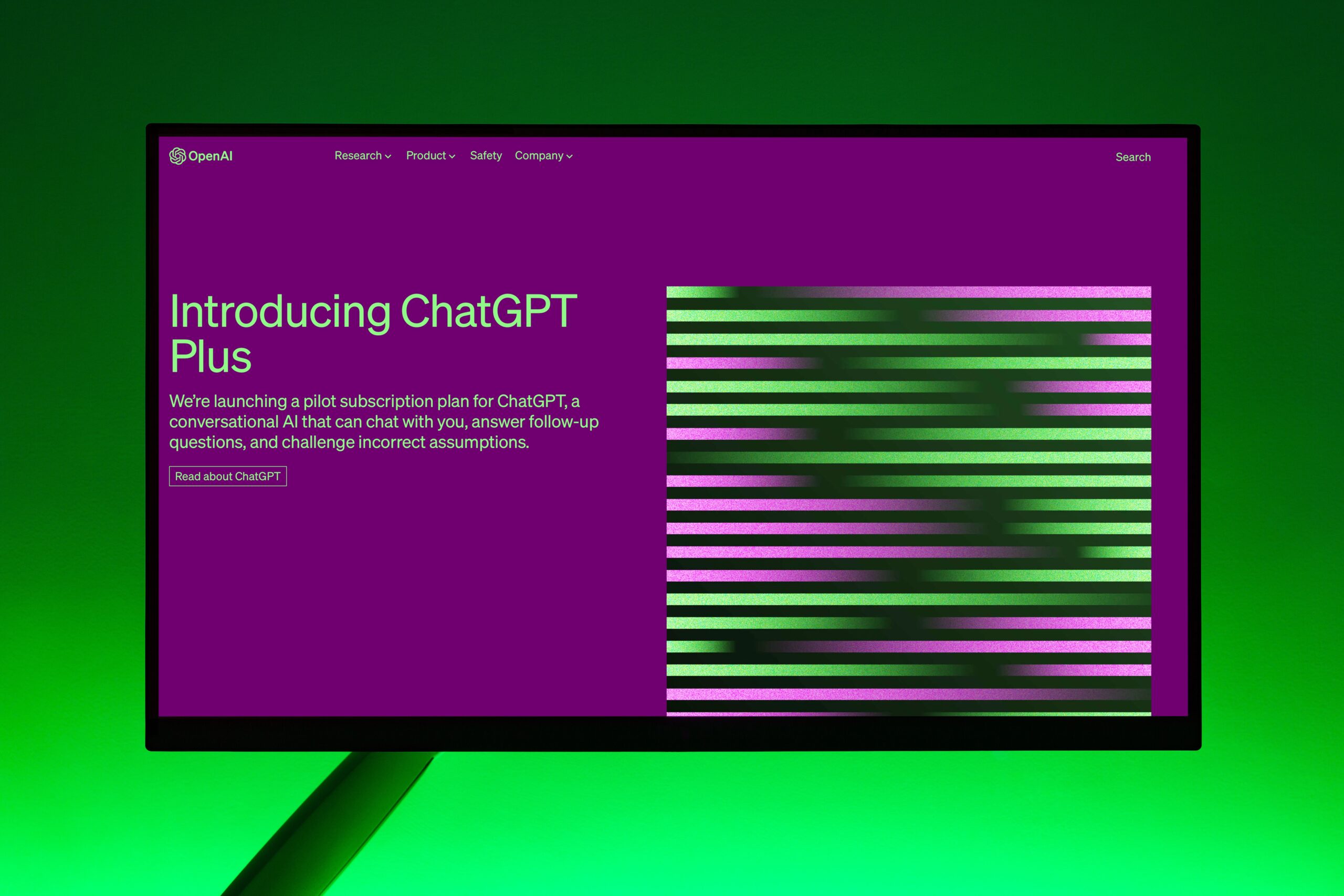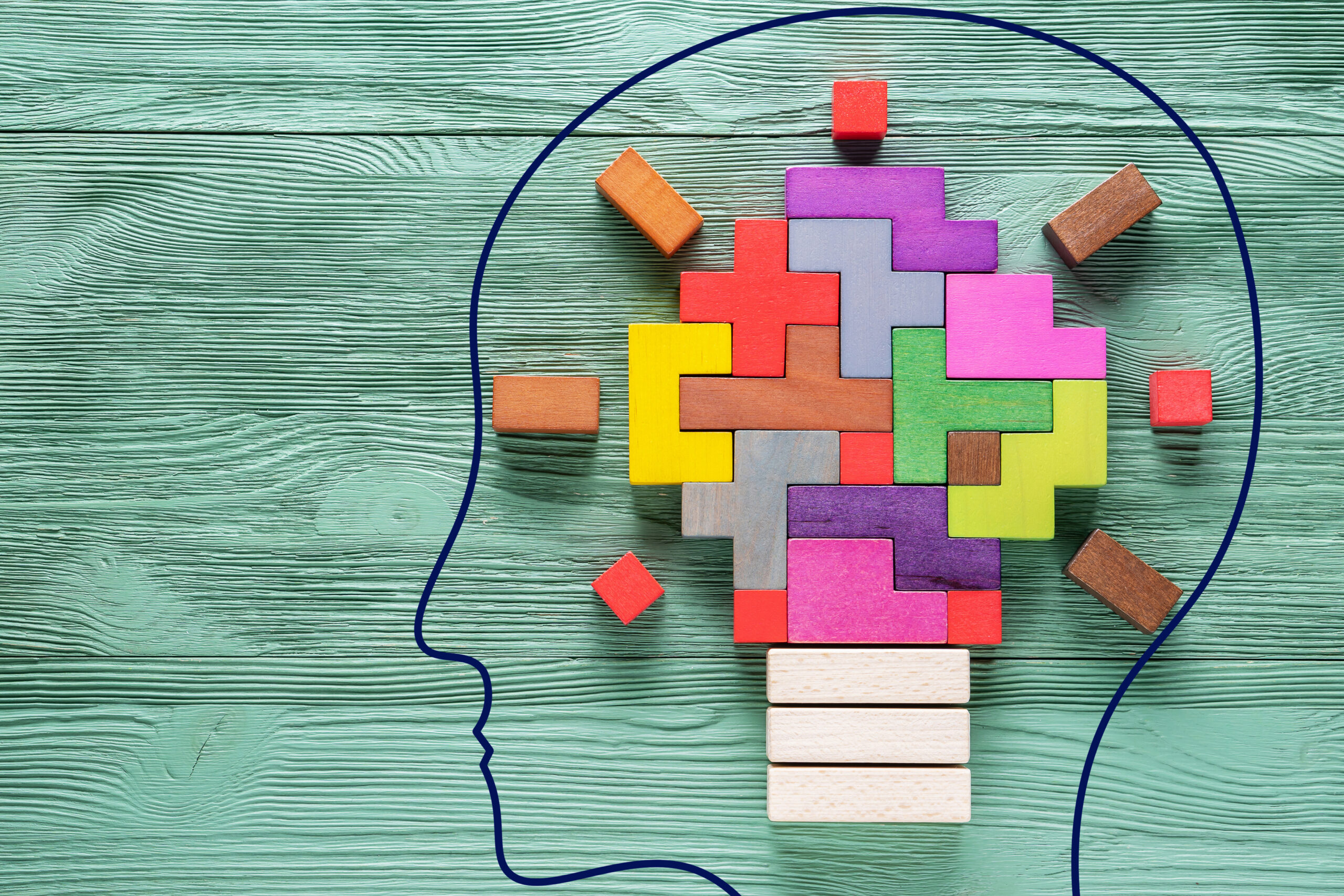OpenAI’s ChatGPT is a sophisticated language model based on the GPT (Generative Pre-trained Transformer) architecture, which uses machine learning to generate human-like text. ChatGPT is characterized by its impressive size, boasting 175 billion parameters, and has been trained on a vast corpus of Internet text to predict the next word in a sentence. It is proficient in understanding context, producing coherent responses, and demonstrating a wide-ranging knowledge of facts about the world.
ChatGPT is developed through a two-step process of pre-training and fine-tuning. Pre-training involves learning to predict the next word in a sentence using a large corpus of text, allowing it to understand grammar, facts, and reasoning abilities. The second step, fine-tuning, involves training the model on a more narrow dataset with the help of human reviewers, who follow guidelines provided by OpenAI. Through this process, ChatGPT can respond to a broad array of user inputs, making it a versatile tool for a multitude of applications ranging from drafting emails to writing code, and even generating creative content.
OpenAI used PyTorch and TensorFlow as part of their technology stack for developing models like ChatGPT.
Here’s a bit about each:
TensorFlow
TensorFlow is an open-source library developed by the Google Brain team for machine learning and artificial intelligence research. It is widely used in various fields, including natural language processing, artificial intelligence, computer vision, and predictive analytics.
At its core, TensorFlow is a dataflow programming framework. It allows developers to create large-scale neural networks with many layers. It provides both high-level APIs for easy integration and understanding, and low-level APIs for custom development, providing the user with flexibility in terms of how they wish to implement their models.
One of the key features of TensorFlow is its ability to run on multiple CPUs and GPUs, both on local machines and in the cloud. This makes it a scalable solution for training large models and deploying machine learning models in production. It also includes TensorBoard, a visualization tool, which helps in understanding, debugging, and optimizing TensorFlow programs.
TensorFlow supports various types of neural networks (including deep learning models like Convolutional Neural Networks (CNNs), and Recurrent Neural Networks (RNNs)) and a multitude of other machine learning models. It’s built to be flexible, as you can deploy computation to one or more CPUs or GPUs in a desktop, server, or mobile device without rewriting code.
As of 2021, TensorFlow 2.x is the latest major release, which provides significant improvements over its predecessor, including simplifying the API by integrating more with the high-level API Keras, and eager execution for more intuitive and easier debugging.
TensorFlow’s ability to handle large-scale, high-performance computations across different platforms has made it a popular choice in the machine learning and deep learning community.
PyTorch
PyTorch is an open-source machine learning library based on the Torch library. It was developed by Facebook’s AI Research lab (FAIR), and it’s known for its efficiency and ease of use in building deep learning models.
Key features of PyTorch include:
Dynamic Computation Graphs
PyTorch allows for dynamic computation graphs, which means the graph can be changed on-the-fly and the computations can be executed immediately, providing a flexible and intuitive approach to build and run computational graphs.
Pythonic Nature
PyTorch is designed to integrate seamlessly with the Python ecosystem. It is deeply integrated into Python, and it uses Python-native data structures which makes the code easier to write and understand.
GPU Acceleration
PyTorch supports CUDA to enable calculations on NVIDIA GPUs, which makes computations faster and more efficient.
Easy Debugging
Due to its dynamic nature and integration with Python, debugging PyTorch code is much more straightforward compared to other libraries that pre-compile computational graphs.
LibTorch
PyTorch provides a C++ API that’s used for implementing pure C++ applications.
Strong Community and Wide Range of Tools
PyTorch has a strong community that contributes a wide range of tools and libraries, making it easier for developers to create complex applications.
PyTorch is widely used in both academia and industry for a range of machine learning tasks, including computer vision, natural language processing, artificial intelligence, and more. As of my knowledge cutoff in September 2021, it’s one of the key frameworks used by OpenAI to develop ChatGPT.
OpenAI likely uses a combination of these libraries along with other custom tools and scripts to train and fine-tune their models, including GPT-based models like me. They also make use of high-performance computing (HPC) infrastructure to handle the vast computational resources needed to train these large models.
However, please note that the specific stack and infrastructure details can evolve over time, and it would be best to check the latest OpenAI publications or announcements for the most current information. For more on AI frameworks click here.



